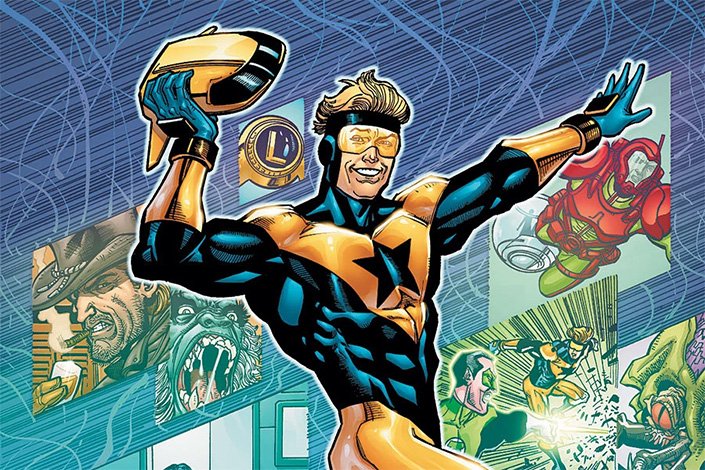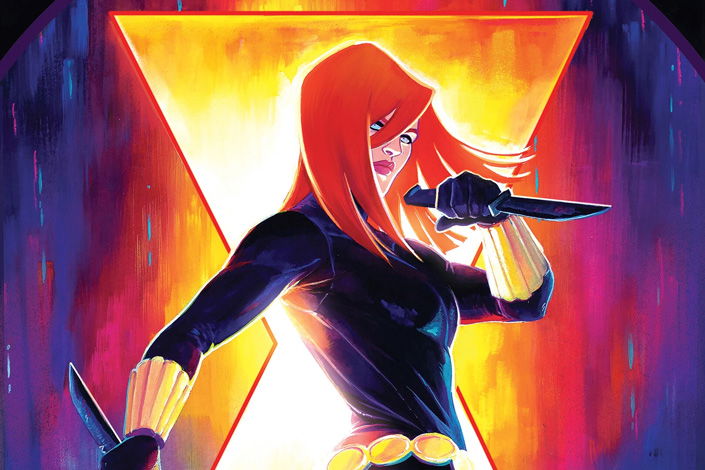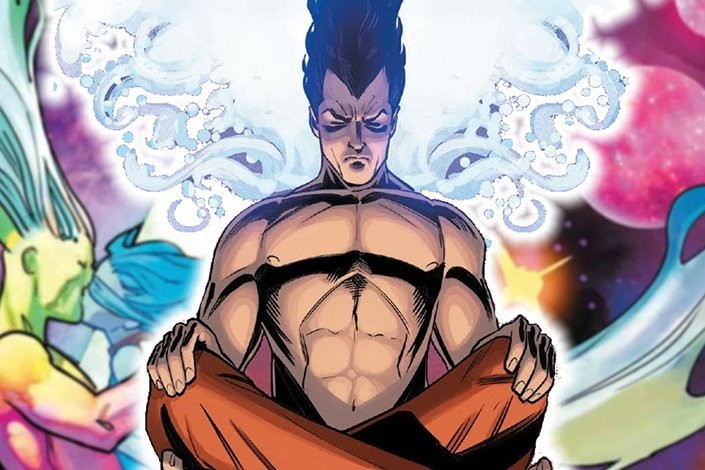Godzilla Comics Reading Order, From Marvel to IDW and Legendary

Like King Kong, Godzilla is a monster and an international pop culture icon. This prehistoric reptilian monster made his debut in the 1954 movie directed and co-written by Ishirō Honda. A movie franchise was developed, and the kaiju appeared soon enough in various other media. It never stopped since.
Naturally, he was featured in several mangas, but we’re here today to talk about Godzilla in American comics.
Following a deal with Toho Studios, Marvel Comics published a Godzilla Comics set in the Marvel Universe. The King of Monsters was depicted more as an anti-hero way too big for our time! It lasted two years before Marvel lost the rights to the monster. Following this loss, Marvel would find a way to continue to use Godzilla for a few years afterward by introducing a mutated version of the character who no longer looked like the Toho versions.
Years later, Dark Horse acquired the comic rights to the Godzilla franchise. The company published various comic books (one-shots, miniseries, ongoing series) based on the monster for the next 12 years.
But no one has used Godzilla as much as IDW, a company that also published Teenage Mutant Ninja Turtles, Transformers, Sonic the Hedgehog, and more. They began publishing Godzilla comics in 2011 and still hold the license, offering a variety of stories and several continuities (the miniseries are all standalone stories).
IDW is not, right now, the only publisher putting comics with Godzilla out there. Legendary has also released several tie-in graphic novels with Godzilla, all part of their Monsterverse Universe.
Read More »Godzilla Comics Reading Order, From Marvel to IDW and Legendary








